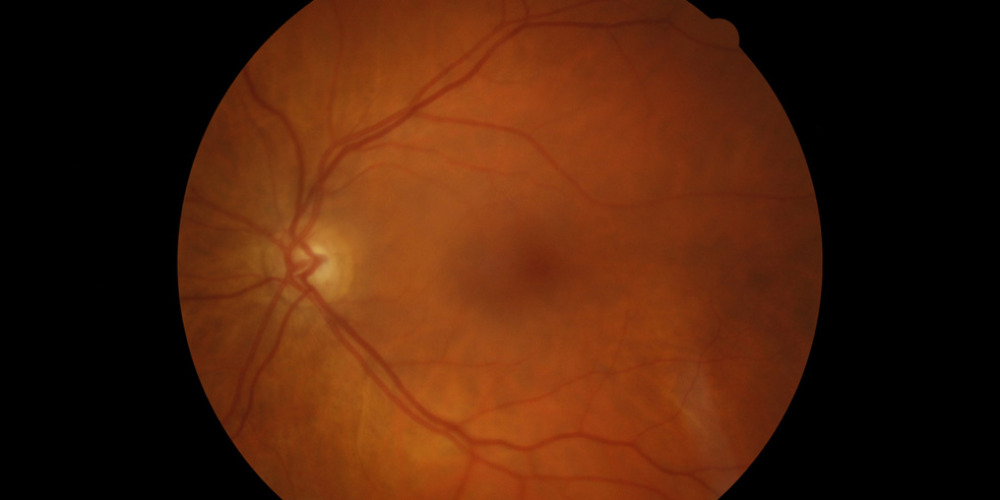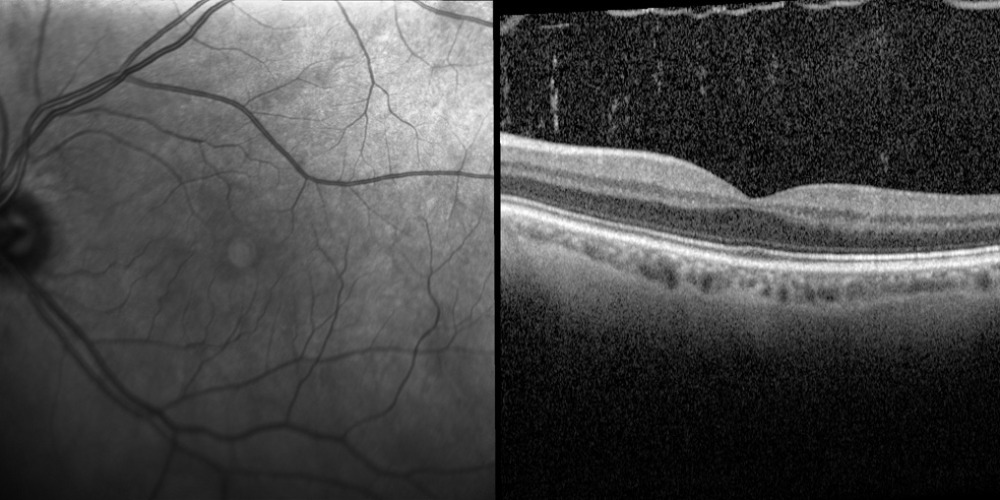Vitreous Detachments can lead to retinal tears and retinal detachments. If left untreated, these conditions can potentially lead to permanent vision loss in the affected eye.
What is a Vitreous Detachment?
The inside of the eye is filled with a gel like substance which helps maintain its shape, known as the vitreous. The vitreous attaches onto the surface of the retina through millions of fine fibres. As we age the vitreous begins to shrink and slowly pulls away off the retina. Sometimes the fibres break, allowing the vitreous to detach and shrink from the retina. In most cases a vitreous detachment, also known as a posterior vitreous detachment, is not sight-threatening and requires no treatment.
Vitreous detachments can lead to retinal tears and retinal detachments. If left untreated, these conditions can potentially lead to permanent vision loss in the affected eye. This happens rarely, (approximately 1 in 20 people with Posterior Vitreous Detachment).
You will notice a retinal tear as an increase in flashes, floaters or a curtain. If this occurs, you should return immediately. Otherwise you will usually be rechecked approximately 4-6 weeks later to ensure there are no retinal tears.
Who is at risk of vitreous detachment?
Those more at risk of a vitreous detachment are typically people over the age of 50 and especially those over the age 80. People who are short -sighted also have increased risk of suffering vitreous detachments.
What are the symptoms of a vitreous detachment?
The most common symptom associated with a vitreous detachment is small but sudden increase in floaters. Floaters appear as dark cobwebs or stringy specks that float about in your vision. They are caused by strands in the vitreous that cast tiny shadows on your retina. The increase in floaters may also come with flashes of light in your peripheral or side vision. Most of the time you will not notice a vitreous detachment or you will merely find the increase in floaters a nuisance.
How are vitreous detachments detected?
A comprehensive dilated eye examination is the only way to detect a vitreous detachment. If the vitreous detachment has led to macular hole or detached retina, early treatment can help prevent the loss of vision.
How can a vitreous detachment be treated?
There is no current treatment for a vitreous detachment. Usually the symptoms calm down and people eventually get used to having the floaters.
If I get a tear how is it treated?
Retinal tears are treated to prevent retinal detachment. Laser is used to “seal” around the tear and prevent it spreading. The laser can sting a little and is very bright. It is almost always to the peripheral retina and so has no effect on the central vision.


